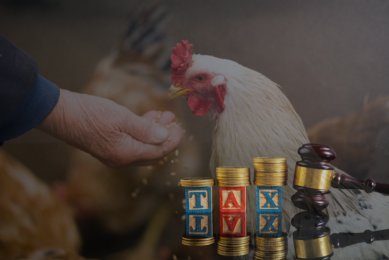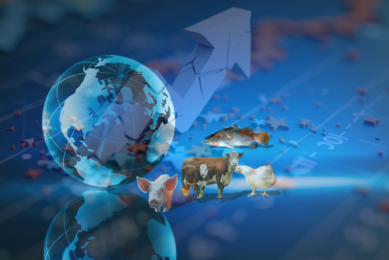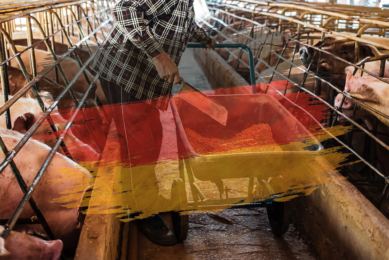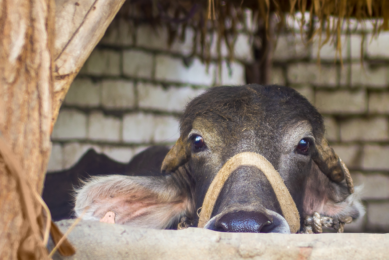The future of feed might be microbial protein
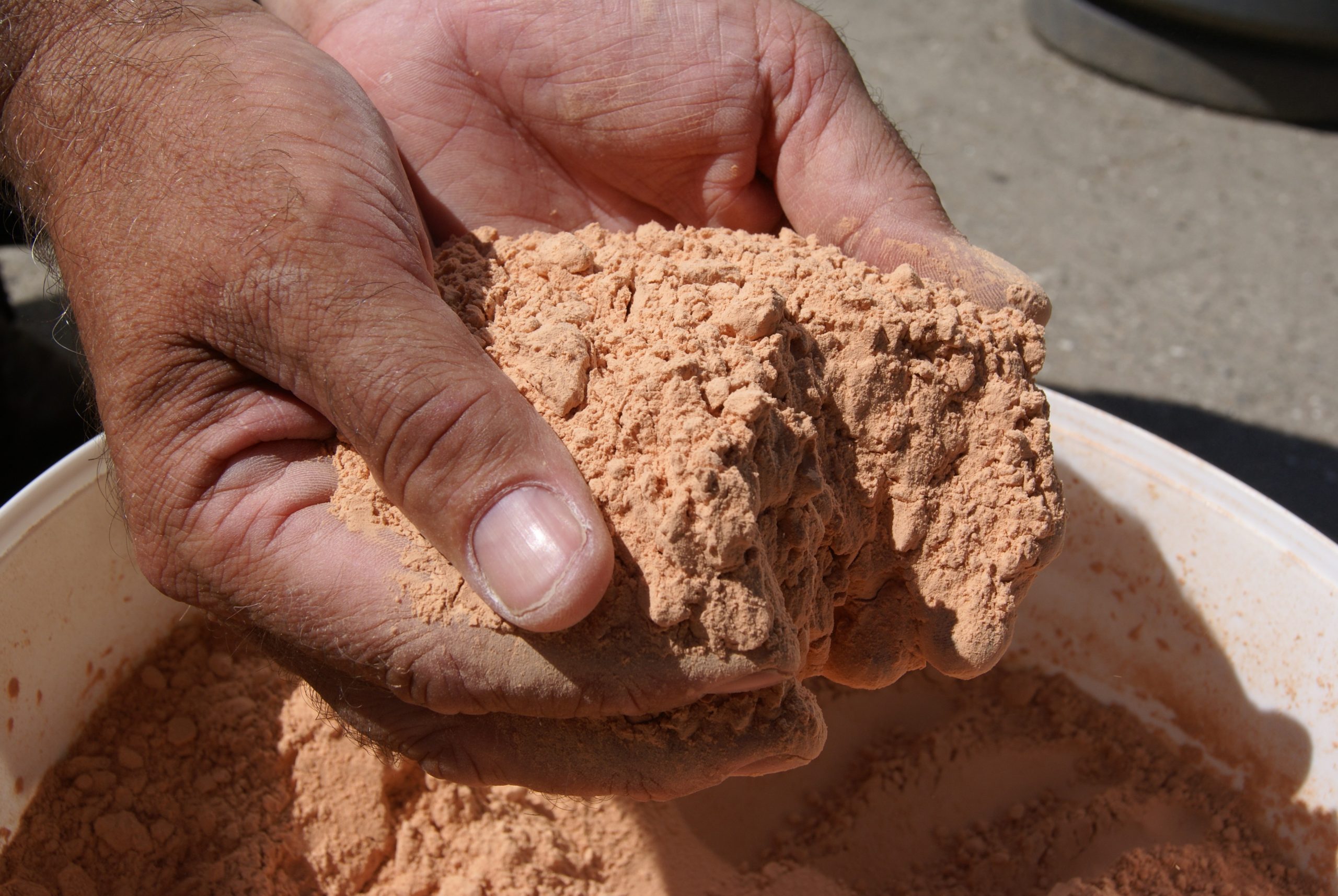
A Danish company is using methane as raw material for single cell proteins. The result: a sustainable protein source that is comparable with high quality fish meal. Data from several clinical trials clearly show the benefits. Now it’s full steam ahead with upscaling and the route to market.
More food is needed to feed the growing human population, and the pressure on using conventional feed ingredients such as soy or fish meal is growing. This is why an increased number of feed companies or start-up firms are looking for other, more sustainable, ways to produce proteins that can serve as animal feed ingredients. Often the idea behind these new types of protein is to ‘decouple’ livestock production from land use. This means that to grow the feed ingredients, no arable land is needed, only a small plot of land for the production sites, the technology and input such as energy, oxygen and water. At the same time, we are dealing with waste materials from the food and oil industry for example.
Think of the nearly 140 billion cubic metres of natural gas being flared and vented annually by the oil industry. More often, the protein demand and the waste issue benefit from working together and a smart business model can be created from it, such as insects feeding on food waste. Another good example of this is the production of microbial protein. This is produced by multiplying bacteria in a reactor vessel by using inputs such as methane, carbon dioxide, or another energy source. Unibio in Denmark is doing just that, by using four types of bacteria that turn methane into a valuable feed ingredient.
Mimicking a lake environment
We met up with Ina Karlshøj Julegaard, animal nutritionist and Michael Jensen, chief commercial officer from this company at their offices, located at the campus of the Technical University of Denmark in Lyngby. They explained what their technology and vision on animal feed entails. The core activity of Unibio is the fermentation technology which directly results in the production of microbial protein. They do this by using methane, included in natural gas as a ‘feed source’ for bacteria. Natural gas contains about 89-95% of methane. “The conversion of methane into biomass (protein) is a natural process. Think of a lake where leaves and dead fish fall to the bottom of the lake. Over time, the material decomposes and natural gas, high in methane content, is produced. The Methylococcus capsulatus bacteria, naturally occurring in nature, use the methane as a feed source, then multiply and become rich in protein. Ultimately, the fish and other animals in the lake will eat these bacteria as a source of protein,” explains Jensen. The Danes are mimicking this natural phenomenon in an industrial setting. In a patented U-Loop® fermenter (see box and Figure 1), natural gas, nitrogen and oxygen are added to the bacteria to form the end product called Uniprotein®. Jensen: “In our laboratory we have a small fermenter and here we can play around to find the best oxygen density and pH for example. To create the microbial protein, also other non-GMO bacteria are used. The Methylococcus capsulatus bacteria can only feed on methane. The remaining 5-11% gases are a bit more complicated to convert. This is why the bacteria types Ralstonia sp, Aneurinbacillus danicus and Bacillus firmus are also added to the fermenter.”
60 metres of fermentation The patented U-Loop® technology is a vertical pipe structure that provides optimal growth conditions for the bacteria. This is a more efficient and faster way of fermenting than horizontal, conventional bioreactors. In traditional stirred fermenters there are problems with achieving sufficiently small bubbles (large surface area of the gas), and there is a large energy waste due to inefficient stirring of the bulk liquid. Furthermore, there are problems with cooling when upscaling. The microbial protein is made in the U-Loop® fermenter by adding several ingredients together (Figure 1), pure oxygen for an oxygenation fermentation process and ammonia as the nitrogen source. In addition to these substrates, the bacteria culture requires water, phosphate and several minerals. After a few months, the bacteria have had enough time to feed on the input and the microbial protein substance is harvested (removed from the fermenter). This mixture will go to a downstream process where water is removed using a separator. This is to increase the biomass. Most of the water is returned to the U-Loop® for recycling. Also, the CO2 that is produced is released from the system. The last step is homogenisation, heat treatment and cyclone spray drying to remove viscous protein broth and to return the biomass into homogenous and easy-to-digest protein granules containing approximately 70% protein (94% dry matter). |
Figure 1 – The concept of producing microbial protein using the U-Loop® fermenter.
(click here to see an enlarged version of the figure)
Pets and pigs are interesting markets
The protein that is produced from having bacteria ‘fed’ on the methane is comparable with high quality fish meal when we look at the amino acid composition for example. “When we explain the product to customers, they can easily relate to the nutritional benefits of fish meal,” says Karlshøj Julegaard. She further explains that over the last few years, Unibio has been focusing on explaining their vision and mission in relation to their product. “But now it is time to delve deeper and focus more on what our products do in farm animals. In the end we want to produce a feed ingredient that is economically interesting for the farmer and also has nutritional and health promoting effects for the animal,” says Karlshøj Julegaard. Scientists have therefore invested a lot of time and effort into feeding trials in poultry, salmon, pigs, pets and also mink. According to Karlshøj Julegaard the pet food industry is also an interesting market. ‘’Sustainability is a big theme in pet food and we see more plant based and sustainable products entering the pet market.” At the same time, the pig sector is also a very interesting market for us as piglets require high quality protein. In other pig trials, we also saw great improvement in general growth and FCR, in favour of our protein source (Table 1). But as the product is pitched as an excellent fish meal replacer, the aquaculture sector is above all a very interesting sector. The high-end proteins are interesting for use in high-end products such as salmon. Some trials in salmon can be seen in Table 2. Trials in salmon showed interesting results by promoting the digestive system and hence reducing enteritis in this type of animal. Unibio is working with several universities to continue the feeding trials. “The deep statistics are important for us. It is a high-end protein with an average of 70% crude protein, an ideal amino acid composition, a valuable fatty acid profile and rich in B vitamins. The product is more expensive than soybean meal for example. Therefore, it is even more important to back up our product claims with solid data,” says Karlshøj Julegaard.
From lab to industrial scale
So with all these promising results from the trials, Unibio seems market ready with their innovative protein product. “Yes, we are and we really want to push the product now and let nutritionists know about the nutritional qualities. And we are taking orders as we speak,” explains CCO Michael Jensen. But you need capacity to produce enough volumes, as the animal feed market is all about volumes. To meet market demand, Unibio has scaled up at a healthy pace over the last couple of years. “With our fermentation process you should not scale up too fast, otherwise you will run into problems and lose control of the fermentation. The trick is to scale up by factor 20-25 maximum each time. Our demonstration plant near the offices has a capacity of approximately 100 litres. The demonstration plant in Kalundborg (opened in 2016) has a capacity of approximately 2,000 litres,” explains Jensen. Now it is time to go industrial for the Danes. A new full industrial-scale plant will be in operation at the end of 2018 (near the Baltic states, the exact location has not been released yet by the company). This plant being built by a licensed contractor will have a capacity of approximately 4 x 50,000 litres (four U-loops). It is about placing the plants where the raw material – natural gas – is available. Near the Baltic states, there is a lot of natural gas for example.

Next steps: Tailor-made products
Karlshøj Julegaard and Jensen are confident that microbial proteins are part of a sustainable agriculture. And they even see potential in the human food market and the pharmaceutical industry. The bacteria used now are the wild strains. But imagine that the bacteria can be modified to produce more tailor-made end products like enzymes, suitable for a specific industry. This is still far off, so at the moment, Jensen addresses that the ‘bread and butter’ of the product is found in the animal feed market. “The global feed demand is increasing. Coupled with the increased pressure on raw material prices such as fish meal and the increased pressure on land use for feed crops, innovative solutions like the one from Unibio are needed very badly.” The company also sees potential in making the feed applications more tailor-made for specific animal species. This can be interesting to make a protein product that fits the amino acids profile and fat content of a particular animal, age group or production level. Jensen: “We are looking at the animal feed market from a different, more sustainable, angle. We feel that there is room for more companies like ours and also other alternative protein pioneers like the companies that produce insect meal. The demand for protein feed ingredients in the future will be bigger than the supply. But we feel it is possible.” In the meantime, Jensen is already carefully mentioning a next industrial plant, even bigger than the one that will open at the end of this year. The future seems bright for microbial protein.





